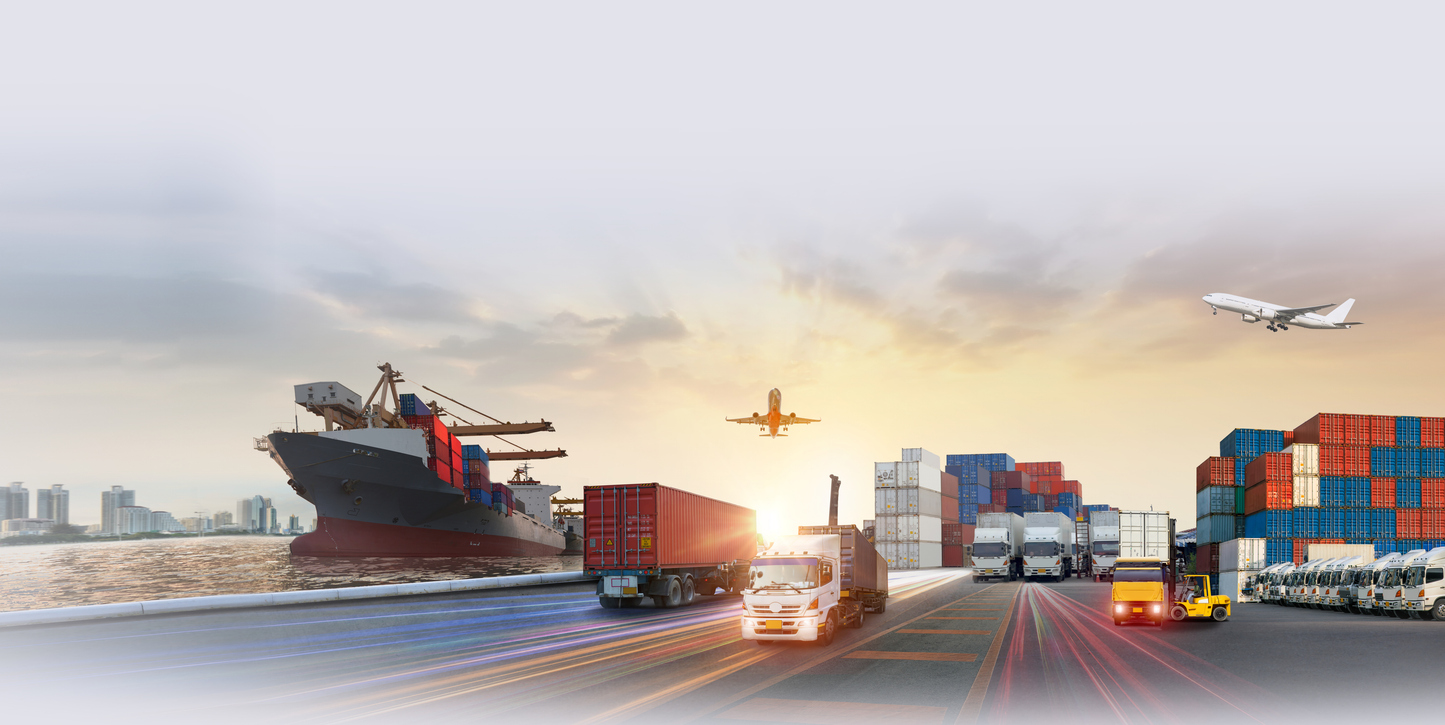
When organising international shipping, there’s a lot that you need to take into consideration to find the best solution for your business. These include the cost, the size of your cargo, the destination you’re shipping too and the documentation required. The first place you need to start however is by deciding on the best transportation mode for your cargo.
The most common freight transportation methods include sea freight, air freight and road freight. Each of these methods of transportation come with their own advantages and disadvantages which help you to determine which is the best solution for you.
We’ve put together the ultimate guide to all three transportation methods, covering advantages and disadvantages of both to ensure that you make the right choice for your business and shipping needs.
Sea freight is the method of transporting goods across the ocean using carrier/cargo ships. These vessels are designed to carry large amounts of cargo and heavy goods in shipping containers, including Out of Gauge (OOG) equipment.
Sea freight is known to be a cost-effective method to transport high volumes of goods internationally and it’s therefore no surprise that around 80% of goods are transported by ships
There are a number of ways to transport freight by sea including Full Container Load (FCL) and Less Than Container Load (LCL). FCL means choosing to purchase an entire shipping container (or more) just for your goods. LCL on the other hand is where your goods are loaded into a container with another party’s goods. This is the preferred solution for when you may not have enough cargo to fill a container and can work out as being more cost-effective.
● Heavy and bulky goods can be transported with ease via sea freight, including Out of Gauge (OOG) cargo. This refers to cargo that exceeds the standard size or weight limits and therefore requires special handling and equipment. This could be oversized machinery or unique shipments that require innovative solutions to ensure safe and efficient transport.
● Sea freight is more cost-effective than other transportation methods, especially over long distances.
● It’s the most carbon-efficient and sustainable transportation method.
● Due to the large capacity of cargo ships, there is often availability for container space.
● Transit times can be slow, making sea freight inefficient for urgent and time sensitive shipments.
● Bad weather can add further delays.
● Multi-mode transportation (such as road freight) is usually required to reach the final destination.
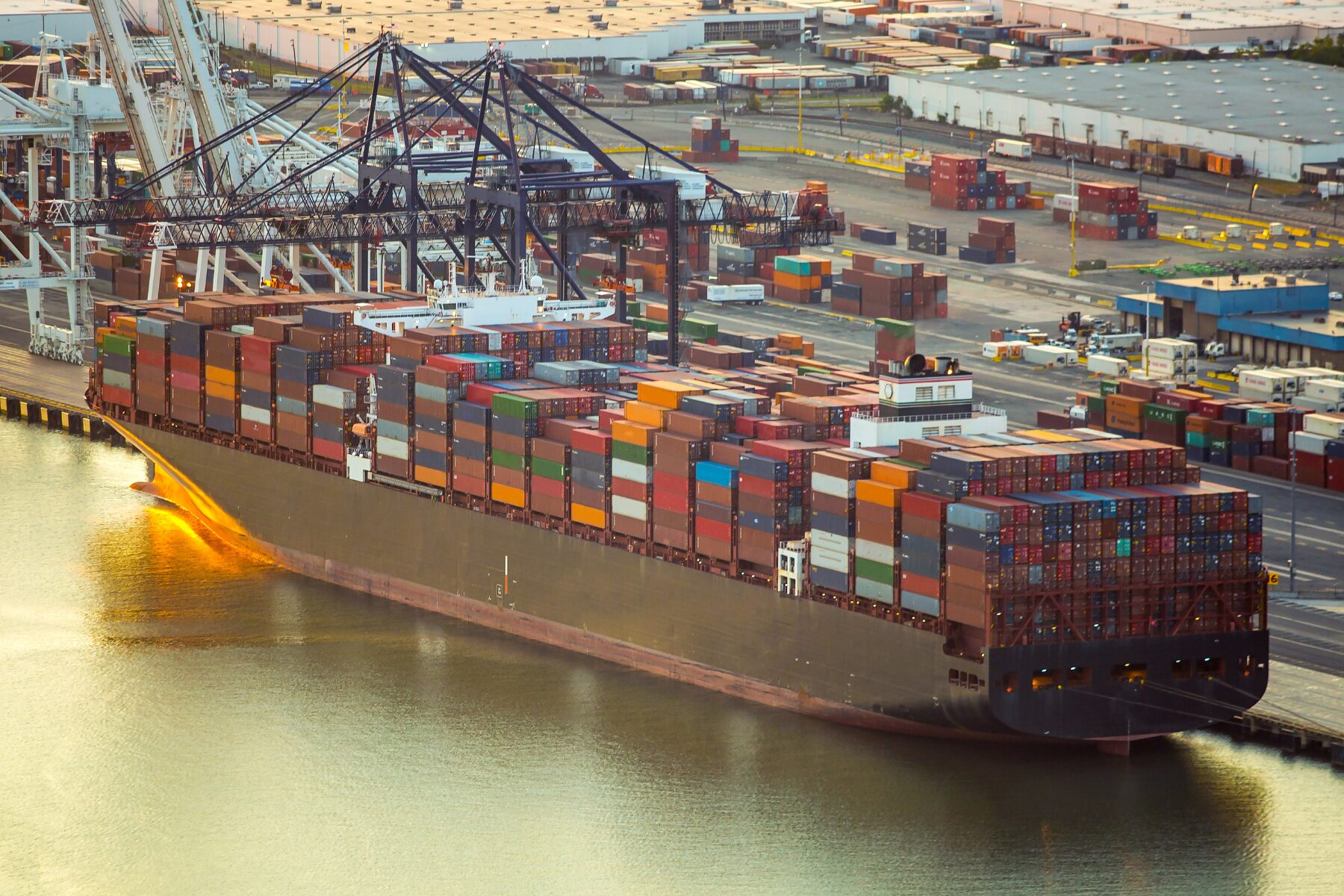
Air freight, also known as air cargo, is shipment of goods via an air carrier which is either charter or commercial. Air freight is known to be a highly efficient and reliable transportation and is the fastest method for shipping goods internationally.
The air cargo industry has grown exponentially, contributing to the global economic development by transporting over $6 trillion worth of goods and accounting for approximately 35% of world trade by value.
● Shipping by air is the fastest form of freight transportation and is the best solution for time sensitive (such as perishable items) and urgent deliveries.
● Air freight is also highly reliable, with multiple arrivals and departures occurring each day meaning shipments are likely to arrive on time.
● Due to tight airport security and regulations, it’s unlikely that cargo will go missing or incur damage.
● With airports available in destinations worldwide, you can ship to even the remotest location.
● Air shipments use less packaging, have a lower insurance premium and require less warehouse storage due to quick transit times, meaning costs can be saved in these areas.
● Air freight is a considerably more expensive transportation method due to fuel prices.
● Aircrafts have limited capacity and are unable to carry heavy or large amounts of goods.
● Many hazardous materials are unable to be transported by air.
● Air freight produces a lot of CO2 and emits more greenhouse gases than sea freight.
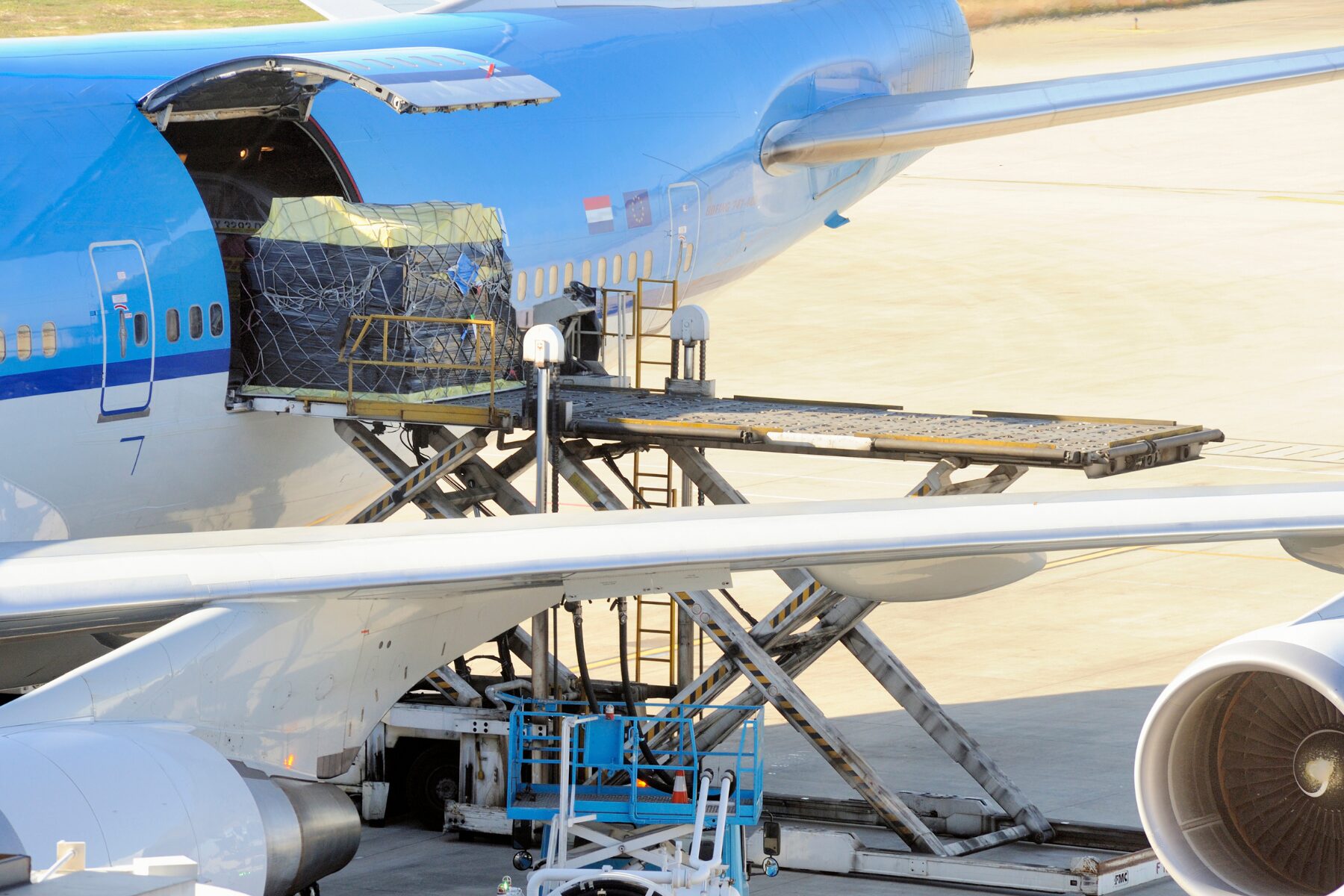
Road freight is the transport of goods via a road network using motor vehicles. The type of motor vehicle may differ depending on the type of goods being transported and the road freight regulations of each country. Road freight is typically used when shipping goods nationally or to destinations in Europe.
In certain cases, such as delivering to rural areas, road freight may be the only transportation method available or may need to be combined with air or sea freight to reach its final destination.
● Road freight can be highly cost-effective, especially when shipping across small distances.
● Road freight allows for a complete door-to-door shipping service and is highly flexible.
● No other mode of transport has access to a similar infrastructure and the road network is the largest transport infrastructure there is.
● Road freight isn’t reliant on logistics hubs such as airports or sea ports.
● Air pollution from trucks and lorries can be high and therefore not as sustainable as sea freight.
● Capacity on trucks can be limited and they are unable to transport heavy cargo.
● There can be traffic delays and vehicle breakdowns, slowing down shipments.
● Shipping to long distances overland can take more time.

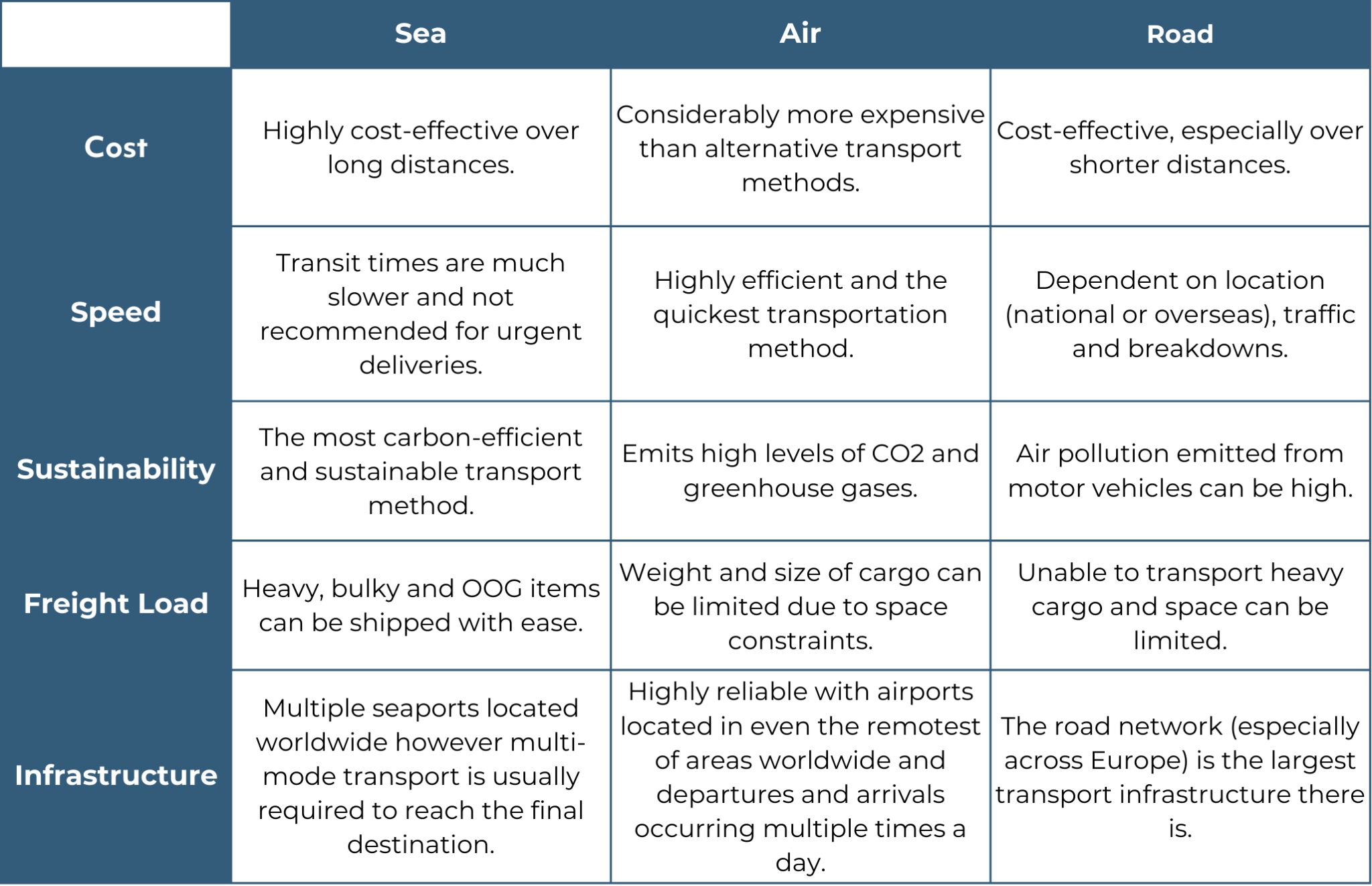
Determining which method is right for you ultimately comes down to the needs and requirements of your business. Factors such as the time constraints of your delivery, the size of your cargo and the cost of the shipping method must be taken into consideration to determine which is the right transportation method for you.
The best way to determine the right method for you is to do your research and work alongside a freight forwarding company who will provide all of the guidance and information you need.
That’s where we come in. Here at Jenkar Shipping, we’ve got years of experience in sea, air and road freight services. Our dedicated and friendly team members are always ready to provide you with bespoke solutions tailored to your specific shipping needs. No matter your destination, our experts will ensure a seamless and efficient delivery process from start to finish.
Let us take the stress out of shipping and be your trusted freight partner. Contact us today to start your journey with Jenkar.
Stay up to date with the latest trends, news and updates in the freight forwarding industry to ensure that your logistics operations are always optimised for efficiency.
 What is Driving Air Freight Prices in 2025?
What is Driving Air Freight Prices in 2025?
The air freight sector has entered 2025 with a complex mix of rising capacity, shifting demand and regulatory changes. For businesses that rely on air cargo to move goods across borders, understanding the latest trends is essential. At Jenkar, we are closely monitoring the key drivers behind air freight pricing to help our customers stay […]
Read More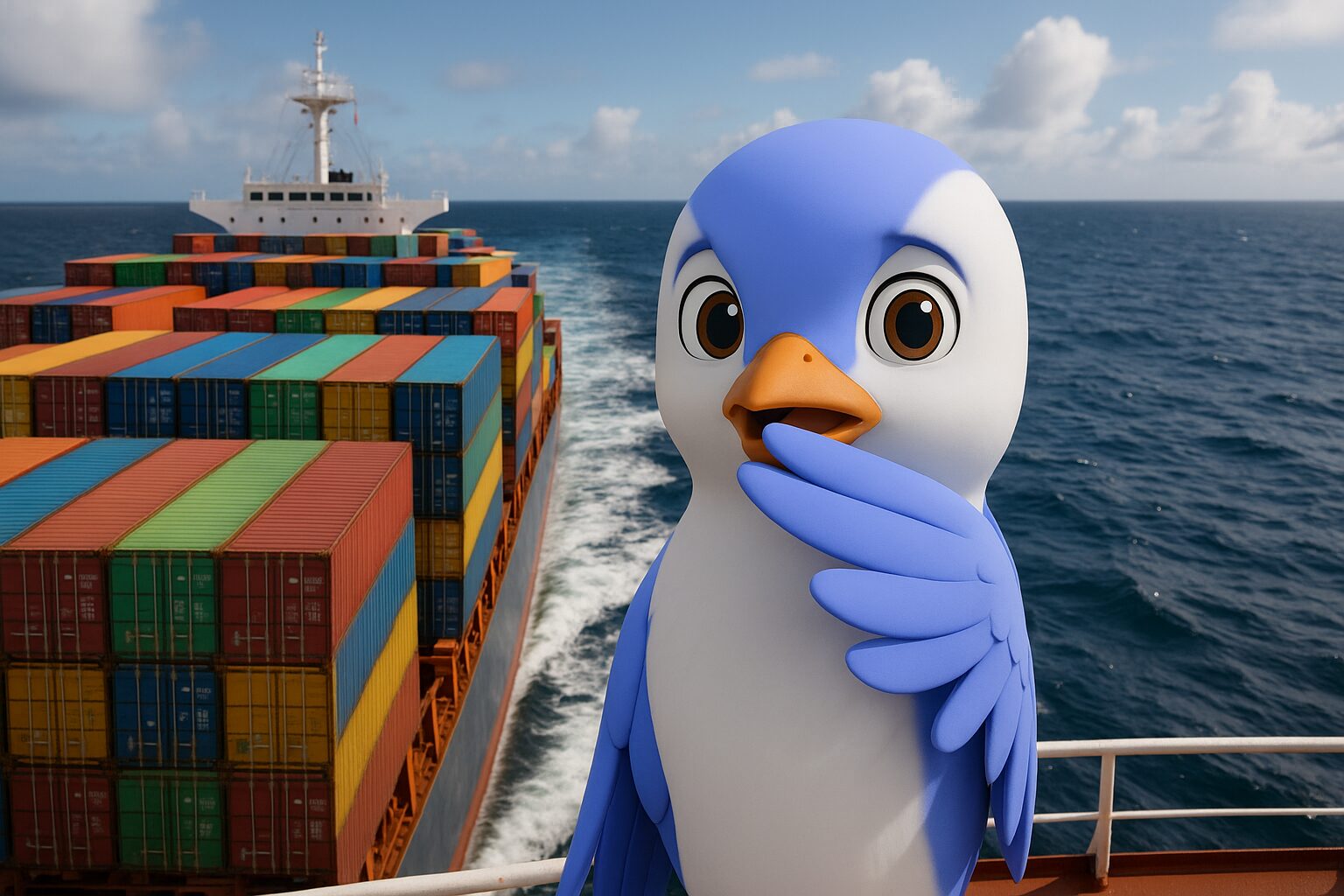 Peak Season Shipping Surcharges Announced for North America
Peak Season Shipping Surcharges Announced for North America
With peak season shipping approaching, global shipping lines are beginning to implement temporary surcharges to manage demand, ensure service reliability, and respond to increasing operational costs. Hapag-Lloyd is the first major carrier to introduce a Peak Season Surcharge (PSS) on cargo destined for ports in the USA, Canada, and Mexico, with implementation set to begin […]
Read More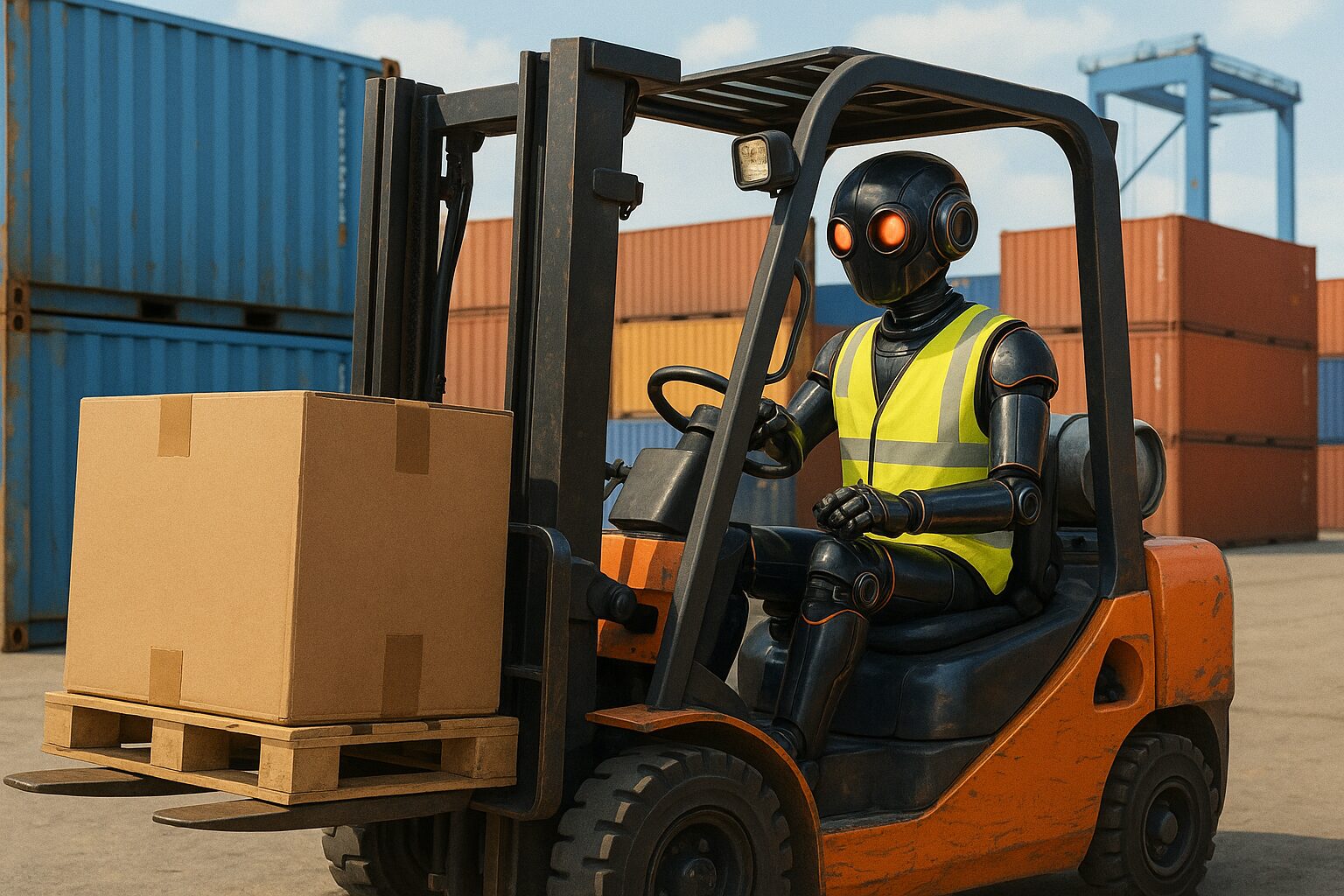 AI’s Progression in Freight Forwarding in 2025
AI’s Progression in Freight Forwarding in 2025
The freight forwarding and logistics industry is constantly evolving, and over the past year, artificial intelligence (AI) has moved from a topic of interest to a valuable business tool. While AI was once seen as a technology full of potential, we are now beginning to witness its practical benefits across various areas of freight and […]
Read More